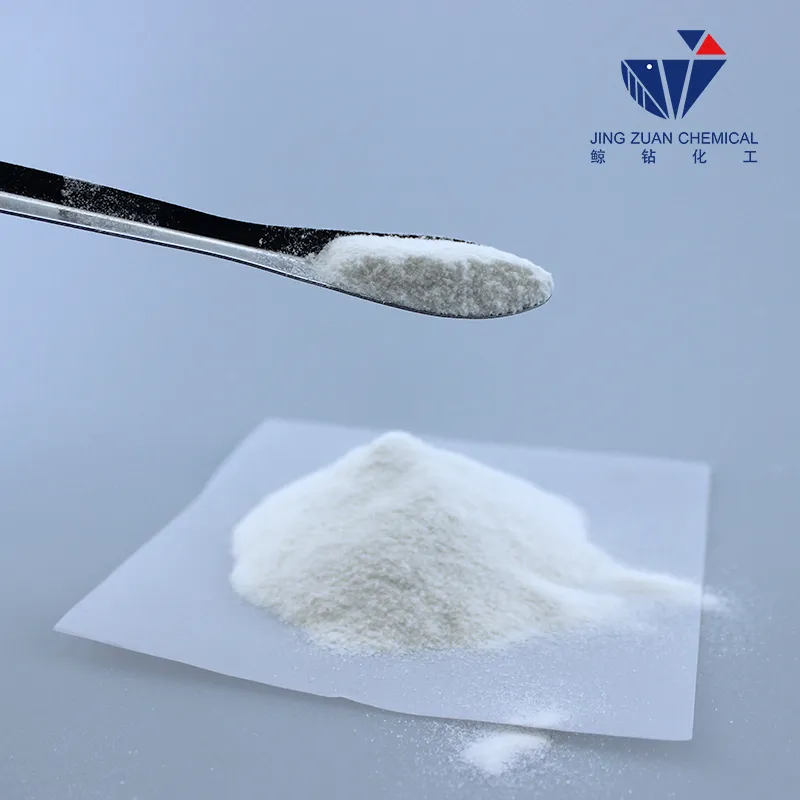
Nën . 15, 2024 14:41 Back to list
hpmc for mortar
HPMC for Mortar Enhancing Performance and Versatility
Hydroxypropyl Methylcellulose (HPMC) is a versatile and widely used cellulose ether in the construction industry, particularly in formulations for mortar. Its unique properties contribute significantly to the performance of mortars, making it an essential additive for both traditional and modern construction materials.
What is HPMC?
HPMC is a water-soluble polymer derived from cellulose, which is a natural polymer extracted from plant fibers. By modifying cellulose molecules through hydroxypropyl and methyl groups, HPMC acquires special features such as improved solubility, film-forming ability, and viscosity management. These characteristics make HPMC an excellent choice for various applications, especially in the formulation of mortars.
Benefits of HPMC in Mortar Applications
1. Improved Workability One of the most significant advantages of using HPMC in mortar formulations is the enhancement of workability. HPMC acts as a thickening agent, providing a smooth and consistent texture that makes the mortar easy to mix, spread, and shape. This is particularly beneficial for contractors and builders who need to apply mortar efficiently and effectively.
2. Increased Water Retention HPMC contributes to the water retention of mortar, which is crucial for ensuring proper hydration of cement during the curing process. By slowing down the evaporation of water from the mortar mix, HPMC allows for more extended workability without sacrificing strength and durability. This is especially beneficial in hot weather conditions where moisture loss can be rapid.
hpmc for mortar

3. Enhanced Adhesion and Flexibility The incorporation of HPMC into mortar helps improve adhesion to substrates, allowing for better bonding between different materials (like bricks, tiles, and other components). Additionally, HPMC imparts flexibility to the mortar, reducing the risk of cracking and ensuring that it can accommodate minor structural movements without losing integrity.
4. Resistance to Segregation Mortars with HPMC show reduced segregation, which is when the components of the mix separate and lead to inconsistent texture and strength. By maintaining an even distribution of sand, cement, and other materials, HPMC helps create a homogenous mixture that performs uniformly.
5. Versatile Compatibility HPMC is compatible with various types of cement and additives, making it an ideal choice for formulating different kinds of mortars, including thin-bed, thick-bed, and repair mortars. Its versatility allows manufacturers to tailor the properties of the mortar to meet specific project requirements, from floor tile installations to masonry work.
Conclusion
As construction practices evolve and industry demands increase, the role of additives like HPMC becomes increasingly vital. Its multifunctional properties not only enhance the performance of mortar but also contribute to the overall sustainability and efficiency of construction processes. By improving workability, water retention, adhesion, and flexibility, HPMC emerges as a game-changer in the formulation of modern mortars. As builders and contractors continue to seek innovative solutions to meet project challenges, HPMC will undoubtedly remain at the forefront, driving advancements in mortar technology and application.
In conclusion, the use of HPMC in mortar is not just a trend but a significant advancement that reflects the ongoing evolution in construction materials and methods. For anyone involved in the construction industry, understanding and utilizing HPMC will be key to achieving optimal performance and reliability in masonry applications.
-
Versatile Hpmc Uses in Different Industries
NewsJun.19,2025
-
Redispersible Powder's Role in Enhancing Durability of Construction Products
NewsJun.19,2025
-
Hydroxyethyl Cellulose Applications Driving Green Industrial Processes
NewsJun.19,2025
-
Exploring Different Redispersible Polymer Powder
NewsJun.19,2025
-
Choosing the Right Mortar Bonding Agent
NewsJun.19,2025
-
Applications and Significance of China Hpmc in Modern Industries
NewsJun.19,2025







